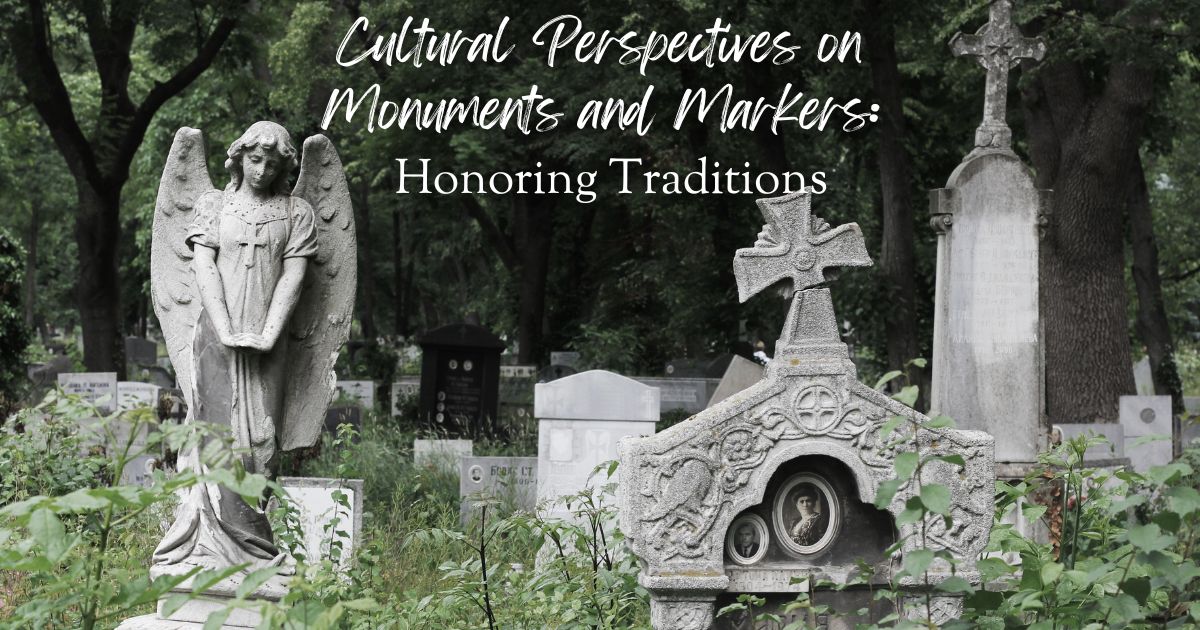
When it comes to honoring loved ones, every culture has its own unique traditions and practices. These customs reflect deeply held beliefs about life, death, and remembrance, and they can offer beautiful insights into how we might create meaningful memorials. Whether you’re looking to honor your heritage or simply explore different perspectives, here’s a glimpse into how cultures around the world approach monuments and markers.
Western Traditions
In many Western cultures, monuments, and markers often serve as a permanent tribute to a loved one’s life. Traditional headstones, often made of granite or marble, are inscribed with names, dates, and heartfelt messages. These markers provide a place for family and friends to visit, reflect, and remember. In recent years, personalization has become increasingly popular, with families incorporating symbols, photos, or even QR codes to create a more dynamic tribute.
Eastern Traditions
In many Eastern cultures, memorialization is deeply tied to spiritual beliefs and practices. For example:
-
In Chinese culture, ancestral worship is central, and families often create elaborate gravesites with markers that include inscriptions in calligraphy. These sites are regularly visited and maintained as a sign of respect.
-
In Japanese culture, it’s common to have a family grave marked with a simple stone monument. The focus is often on simplicity and harmony with nature, reflecting Buddhist and Shinto influences.
Indigenous and Native Traditions
Indigenous cultures around the world often have a profound connection to the land, and this is reflected in their memorial practices. For example:
-
Some Native American tribes use natural markers, like stones or trees, to honor their loved ones. These memorials are often placed in locations that hold spiritual significance.
-
In Australia, some Aboriginal communities create "sorry business” sites, where families gather to mourn and remember. These sites may include natural markers or symbolic artwork.
Middle Eastern and Islamic Traditions
In Islamic culture, graves are typically marked with simple, modest stones or markers. Elaborate monuments are discouraged, as the focus is on humility and equality in death. The grave itself is often oriented toward Mecca, and families may visit to pray and reflect.
African Traditions
Across Africa, memorial practices vary widely, but many cultures emphasize community and celebration. For example:
-
In Ghana, elaborate funerals and colorful markers are common, reflecting a belief in celebrating the life of the deceased.
-
In South Africa, some communities use natural materials like wood or clay to create memorials, often incorporating symbols that represent the person’s role in the community.
Finding Meaning in Tradition
Exploring these cultural perspectives can be a source of inspiration as you consider how to honor your loved one. Whether you choose to embrace your heritage or draw from other traditions, the goal is to create a memorial that feels meaningful and authentic.
At its heart, memorialization is about love, respect, and connection. No matter the culture or tradition, monuments, and markers serve as a way to keep memories alive and honor the lives that shaped ours.





